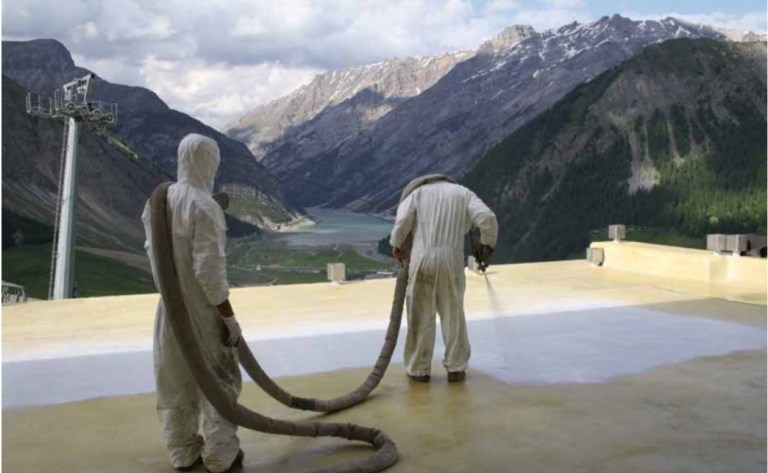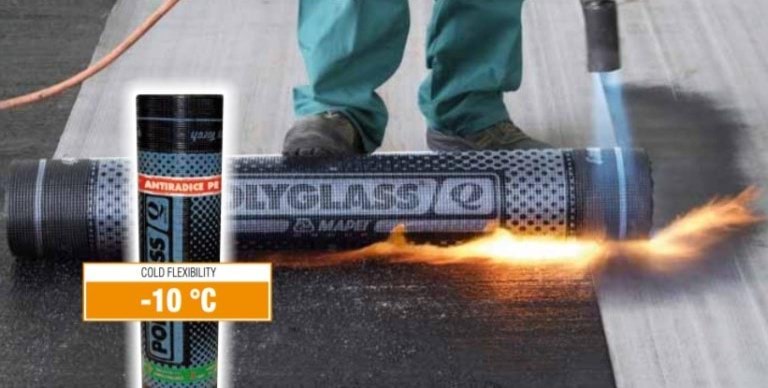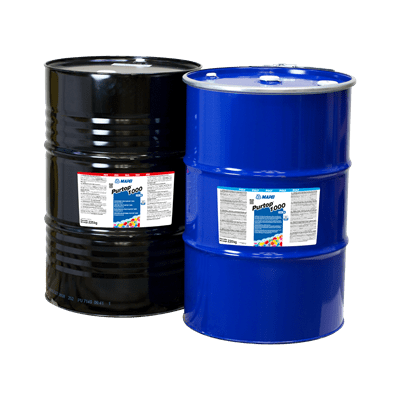In cities, we are seeing more roofs being transformed into multi-functional spaces to accommodate roof gardens and urban farming. This could possibly be attributed to the increasingly widespread attention given to eco-sustainable buildings, along with the tendency to reclaim “green” areas within urban surroundings. It is obvious that a “garden roof” or “green” roof spells numerous benefits: it lowers temperature inside the building which reduces the urban heat island effect, absorbs carbon dioxide, reduces the level of fine dust, and improves the quality of air, while beautifying the building and environment.
Roofs are exposed to external elements such as rain, temperature changes, water ponding and other impacts depending on what the roofs are intended for. Waterproofing is therefore one of the most important aspects in a project: protecting the building shell, stopping water from getting inside and ensuring durability of the building. The selection of waterproofing membranes depends on the function of the roof and environment conditions. Each type of covering requires specific attention, depending on the slope of the surface and the method used to lay waterproofing materials to prevent infiltration. For roofs that are converted to gardens, it requires waterproofing protection as well as resistance to root penetration.
The suitable waterproofing system in this context will require:


Before deciding on the waterproofing materials, it is recommended to consult the supplier or technical consultant on your requirements. You can also request for a test report to show that the selected waterproofing materials complies with quality standards (in Mapei’s case, our products are EN 13948 and FLL certified).
Write to us for any questions at [email protected].



